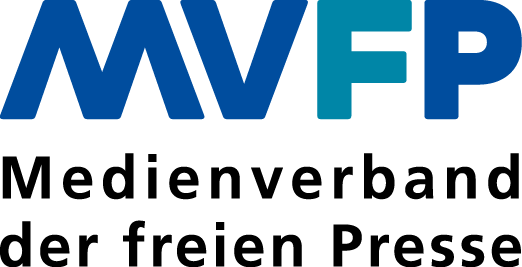Platforms as mass media, magazine media as niche
The combined share of Google and Facebook in the US digital ad market is 70 per cent, publishers fight for three per cent of the remaining ad share, he said. How can publishers get more money from these platforms?
"Even if we imagine the platforms give us better deals, there are 50 million publishers on Facebook, and split between us, we would only get $500 a year to pay for our content," Piechota said. "Is it realistic to expect that amount will pay for our content?"
In the past, he outlined, at the height of the newspaper and magazine advertising business model, display ads and classified advertising paid for the publications. Then came waves of disruption: unbundling of content around topics, personalities, communities, opinions and news. It was this wave that crashed the newspaper advertising business model around the world, Piechota said.
But, the disruption continued, from unbundling of content, to unbundling individual stories, into headlines, visuals, complements and text.
"This second wave of disruption is called disintermediation," Piechota said. "And the third wave of disruption is called decoupling. Its consumers decision making process versus publishers business model."
These waves have disrupted how publishers do business, and the current consumer decision making process is eroding value, as they do not want to take the time, effort or price to find the right brand and value and employing adblockers to clear away the noise.
Into the future, platforms aren’t going away. It's hard to compete directly.
Piechota suggested the strategic response to this disruption is to charge other parties for content, to diversify the revenue streams for digital content to include consumers, retailers, content marketers and donors.
Take for example, The New York Times. The company changed their business model. The company made approximately US$232 million from digital-only subscriptions, US$60 million in branded content Piechota estimated, and $5 million dollars for student subscriptions. "All of these options are bigger than what they’re getting from Facebook," he said.
Piechota suggested that publishers could also change their business model, by having different content with different models attached.
"We could have content optimised for acquisition, retention and upgrades," he said. "This way, you will increase revenue from the audience you have. Suddenly, you’ve changed perspective, you are no longer thinking about platforms as competition, but as fishing ponds for customers that will expand reach of branded content campaigns. You are hiring them to do the job for you."
There are risks with platforms, Piechota outlined. They can change their algorithms whenever they wish, which not only affects traffic, but also because they suppress branding, there is non-differentiated layouts and there is the potential for exposure to unsafe content.
Publishers offer unique, high-quality content across platforms. It's the business model that needs to be fixed, he said. "Maybe we should forget about chasing each platform and focus on the audience, and think about how we can make revenue from them," he said.
Platforms are neither friends nor enemies, he said. Hire them to work for you.
"People trust our brands more than they trust social media," Piechota said. "We have advertisers who are withdrawing their campaigns from Google, because Google won’t guarantee they’ll run them in the right context. Trust is important."





